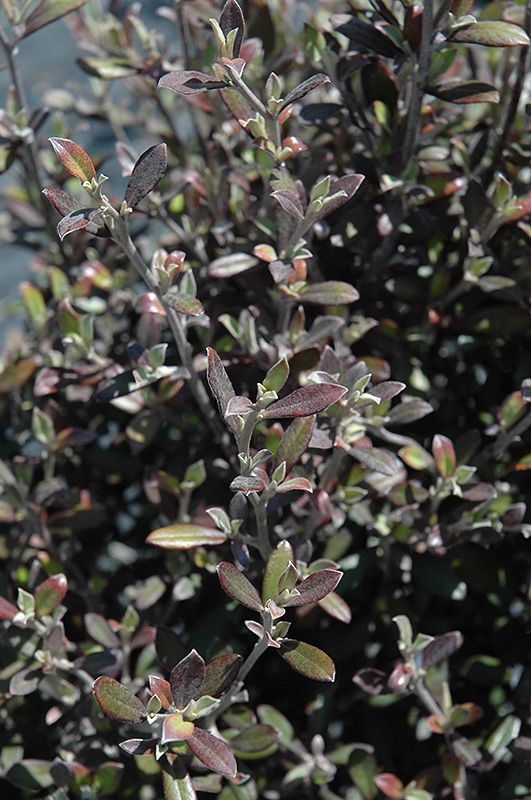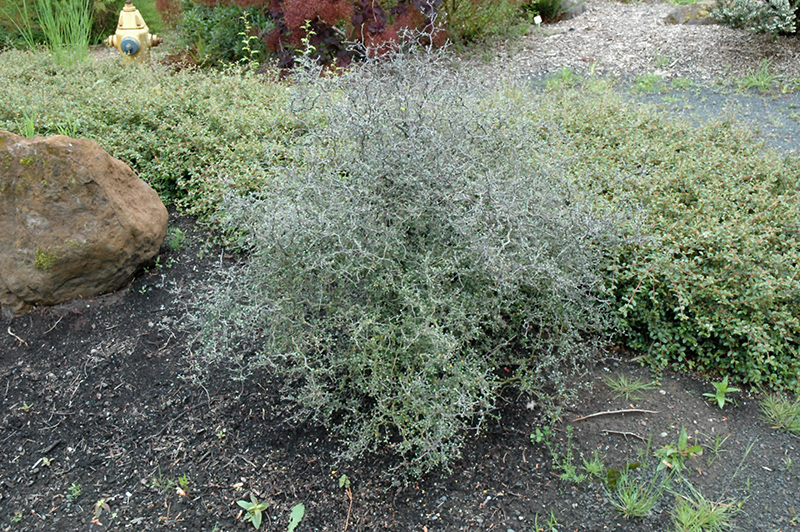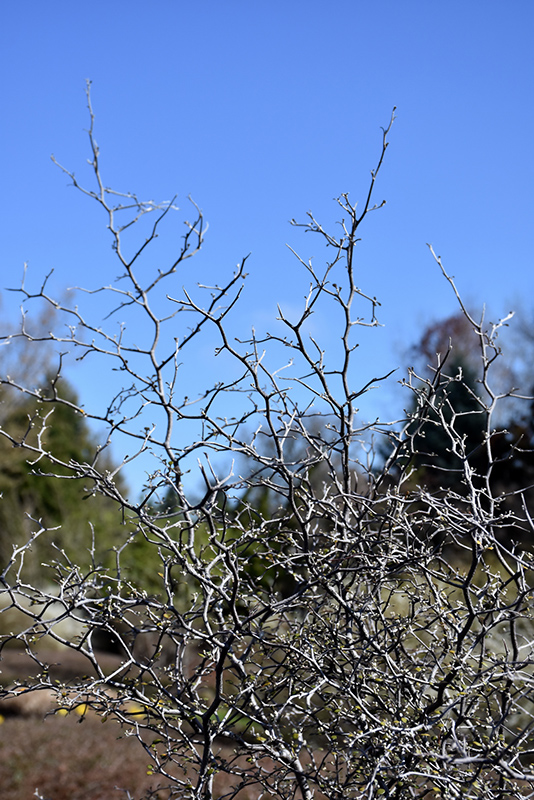Plant Finder
Height: 8 feet
Spread: 8 feet
Sunlight:
![]()
Hardiness Zone: 7b
Other Names: Wire Netting Bush
Description:
These sculptural plants are best appreciated in their own space so the intricate branching can be appreciated, but can be pruned into low hedges; the downy felt, tangled stems, and small leaves are all a defence against a windy climate
Ornamental Features
Corokia Cotoneaster is smothered in stunning clusters of fragrant yellow star-shaped flowers along the branches in mid spring. It features an abundance of magnificent red berries in early fall. It has grayish green evergreen foliage. The tiny fuzzy round leaves remain grayish green throughout the winter.
Landscape Attributes
Corokia Cotoneaster is a multi-stemmed evergreen shrub with a more or less rounded form. Its relatively fine texture sets it apart from other landscape plants with less refined foliage.
This is a relatively low maintenance shrub, and should only be pruned after flowering to avoid removing any of the current season's flowers. It has no significant negative characteristics.
Corokia Cotoneaster is recommended for the following landscape applications;
- Mass Planting
- Hedges/Screening
- General Garden Use
- Naturalizing And Woodland Gardens
Planting & Growing
Corokia Cotoneaster will grow to be about 8 feet tall at maturity, with a spread of 8 feet. It tends to fill out right to the ground and therefore doesn't necessarily require facer plants in front, and is suitable for planting under power lines. It grows at a slow rate, and under ideal conditions can be expected to live for approximately 30 years.
This shrub should only be grown in full sunlight. It is very adaptable to both dry and moist growing conditions, but will not tolerate any standing water. It is considered to be drought-tolerant, and thus makes an ideal choice for xeriscaping or the moisture-conserving landscape. It is not particular as to soil type or pH. It is somewhat tolerant of urban pollution. Consider applying a thick mulch around the root zone in winter to protect it in exposed locations or colder microclimates. This species is not originally from North America.






